
Amid allegations of false claims, the Forest Stewardship Council will consider new traceability rules (at its General Assembly 2025 Panama). In related news: IKEA’s head of forestry says forest tensions are a sign of FSC’s strength; and US and European wood groups urge EU deforestation law delay. Meanwhile: BC Truck Loggers say the Forest Advisory Council has identified key issues to address; North Cowichan’s mayor wants action on BC harvest levels; Forests Canada reaches tree planting milestone; Wisconsin’s wood basket decimated by ice storm; and a Washington state forest rule change threatens tax-losses.
In Business news: FPAC’s Derek Nighbor says industry is poised for a transformative comeback; the USDA has a 3-point plan to increase exports; BC opens a new forest trade office in London; Ear Falls, Ontario rallies in support of idled sawmill; Arkansas feels strain from trade disputes too; and what lumber futures say about housing trends.
Finally, a Kelowna developer unveils a plan for a 300-room mass timber hotel.
Kelly McCloskey, Tree Frog News Editor


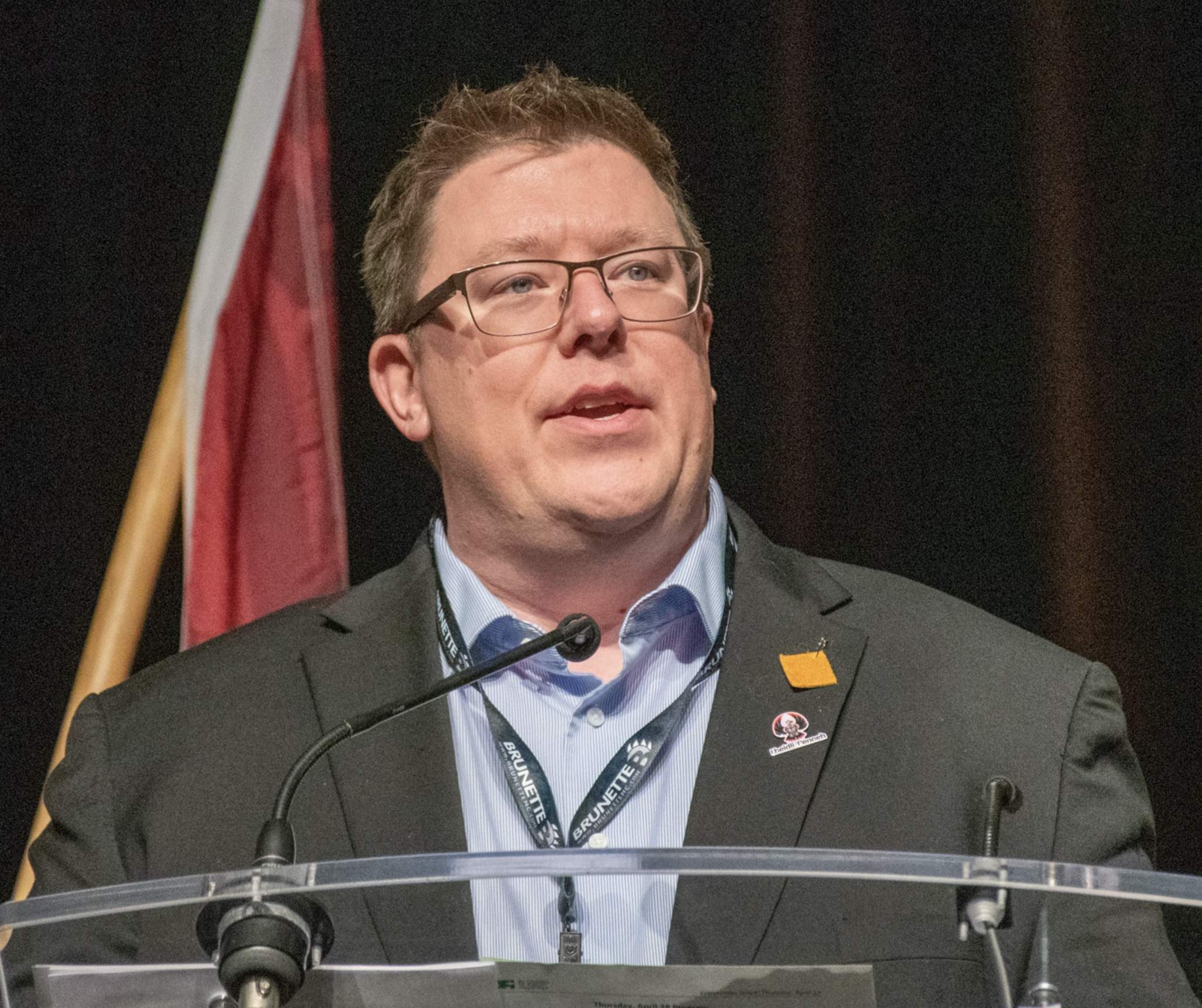





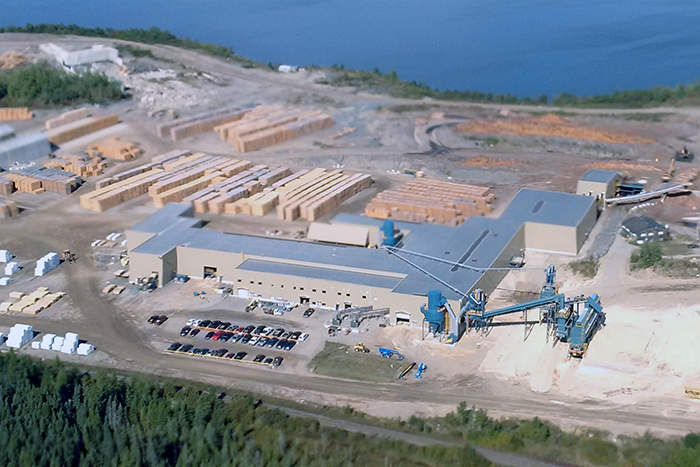

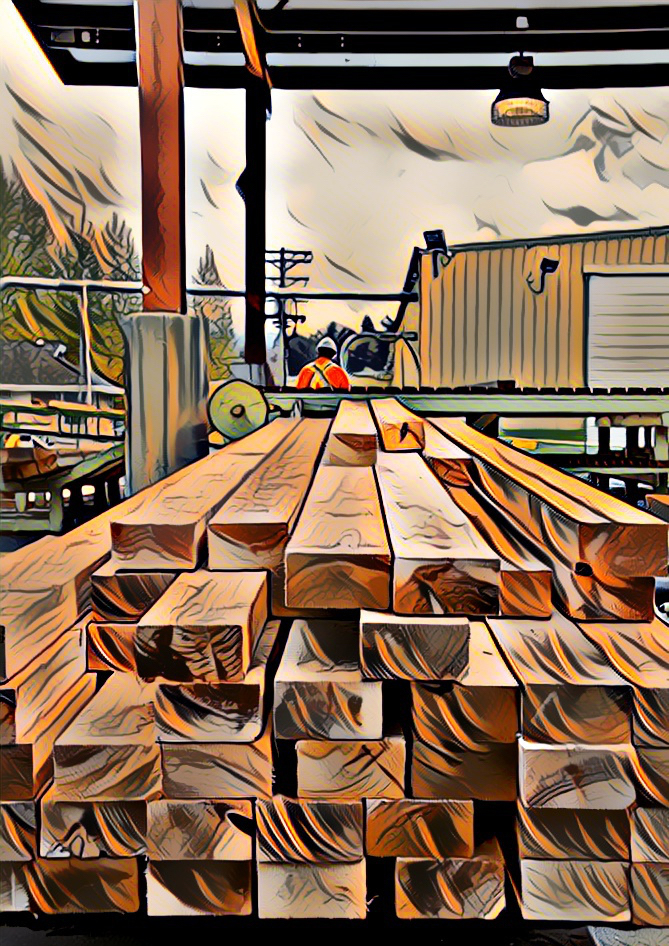 …Arkansas’ forestry industry is feeling the weight of a slowing housing market, a declining demand for many of its products and trade disputes and regulations that have closed off foreign markets. In recent years, several mills in Arkansas have closed — evidence of economic struggles for the industry. In September, Domtar’s sawmill in Glenwood announced a temporary shut down, affecting 150 workers. Shields Wood Products also shut down. Arkansas House Speaker Brian Evans signed on to a letter … calling on Congress to step in and help expand the export market for their states’ foresters. …the Arkansas Economic Development Commission said the state exported $6.45 billion in forestry products in 2023, the largest destinations being Canada, Mexico and Japan. The letter from the state house speakers to Congress makes specific mention of the Chinese market, which cut off the import of logs from the U.S. in March as part of retaliation for American tariffs, Reuters reported. [Access to the full story may require a subscription to the Gazette]
…Arkansas’ forestry industry is feeling the weight of a slowing housing market, a declining demand for many of its products and trade disputes and regulations that have closed off foreign markets. In recent years, several mills in Arkansas have closed — evidence of economic struggles for the industry. In September, Domtar’s sawmill in Glenwood announced a temporary shut down, affecting 150 workers. Shields Wood Products also shut down. Arkansas House Speaker Brian Evans signed on to a letter … calling on Congress to step in and help expand the export market for their states’ foresters. …the Arkansas Economic Development Commission said the state exported $6.45 billion in forestry products in 2023, the largest destinations being Canada, Mexico and Japan. The letter from the state house speakers to Congress makes specific mention of the Chinese market, which cut off the import of logs from the U.S. in March as part of retaliation for American tariffs, Reuters reported. [Access to the full story may require a subscription to the Gazette] TILLEDA, Wis. – A groundbreaking moment in Tilleda, with the introduction of the first chip mill in the United States purchased by a logger co-op, marking the start of a new chapter for the industry. “Because it’s the first of its kind in the country there were a lot of hoops that we had to go through first to figure out what it all looked like legally and logistically,” said Dennis Schoeneck, president of Timber Professionals Cooperation Enterprises. Founded five years ago, Timber Professionals Cooperation Enterprises aims to sustain and grow the timber industry. The co-op is made up of loggers and truckers, and it was those groups who helped raise the $418,000 that went towards the purchase of the mill. They don’t want to stop here, the co-op has big plans for the future.
TILLEDA, Wis. – A groundbreaking moment in Tilleda, with the introduction of the first chip mill in the United States purchased by a logger co-op, marking the start of a new chapter for the industry. “Because it’s the first of its kind in the country there were a lot of hoops that we had to go through first to figure out what it all looked like legally and logistically,” said Dennis Schoeneck, president of Timber Professionals Cooperation Enterprises. Founded five years ago, Timber Professionals Cooperation Enterprises aims to sustain and grow the timber industry. The co-op is made up of loggers and truckers, and it was those groups who helped raise the $418,000 that went towards the purchase of the mill. They don’t want to stop here, the co-op has big plans for the future.



 The Province is making 187 amendments to 38 regulations across 10 ministries to reduce red tape, improve permitting timelines and make government services more efficient and accessible. This work is part of Better Regulations for British Columbians (BR4BC) amendment package… This year’s focus is on expediting permitting and approval timelines for people and businesses in British Columbia. By streamlining approval processes, such as removing construction permit requirements for very small private water systems, simplifying the level of authority needed for special-use forestry permits, and eliminating outdated provisions related to soil relocation and open burning activities, the Province is making it easier to do business in B.C.
The Province is making 187 amendments to 38 regulations across 10 ministries to reduce red tape, improve permitting timelines and make government services more efficient and accessible. This work is part of Better Regulations for British Columbians (BR4BC) amendment package… This year’s focus is on expediting permitting and approval timelines for people and businesses in British Columbia. By streamlining approval processes, such as removing construction permit requirements for very small private water systems, simplifying the level of authority needed for special-use forestry permits, and eliminating outdated provisions related to soil relocation and open burning activities, the Province is making it easier to do business in B.C.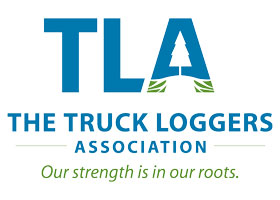 The TLA commends the Provincial Forest Advisory Council (PFAC) for its ongoing work to develop a long-term vision for BC’s forest sector, and
The TLA commends the Provincial Forest Advisory Council (PFAC) for its ongoing work to develop a long-term vision for BC’s forest sector, and 
 Backgrounder: On October 24, 2025, the Honourable Rebecca Chartrand, Minister of Northern and Arctic Affairs, on behalf of the Honourable Tim Hodgson, Minister of Energy and Natural Resources,
Backgrounder: On October 24, 2025, the Honourable Rebecca Chartrand, Minister of Northern and Arctic Affairs, on behalf of the Honourable Tim Hodgson, Minister of Energy and Natural Resources, 


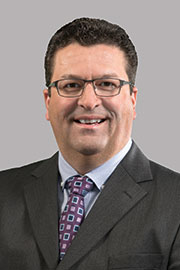


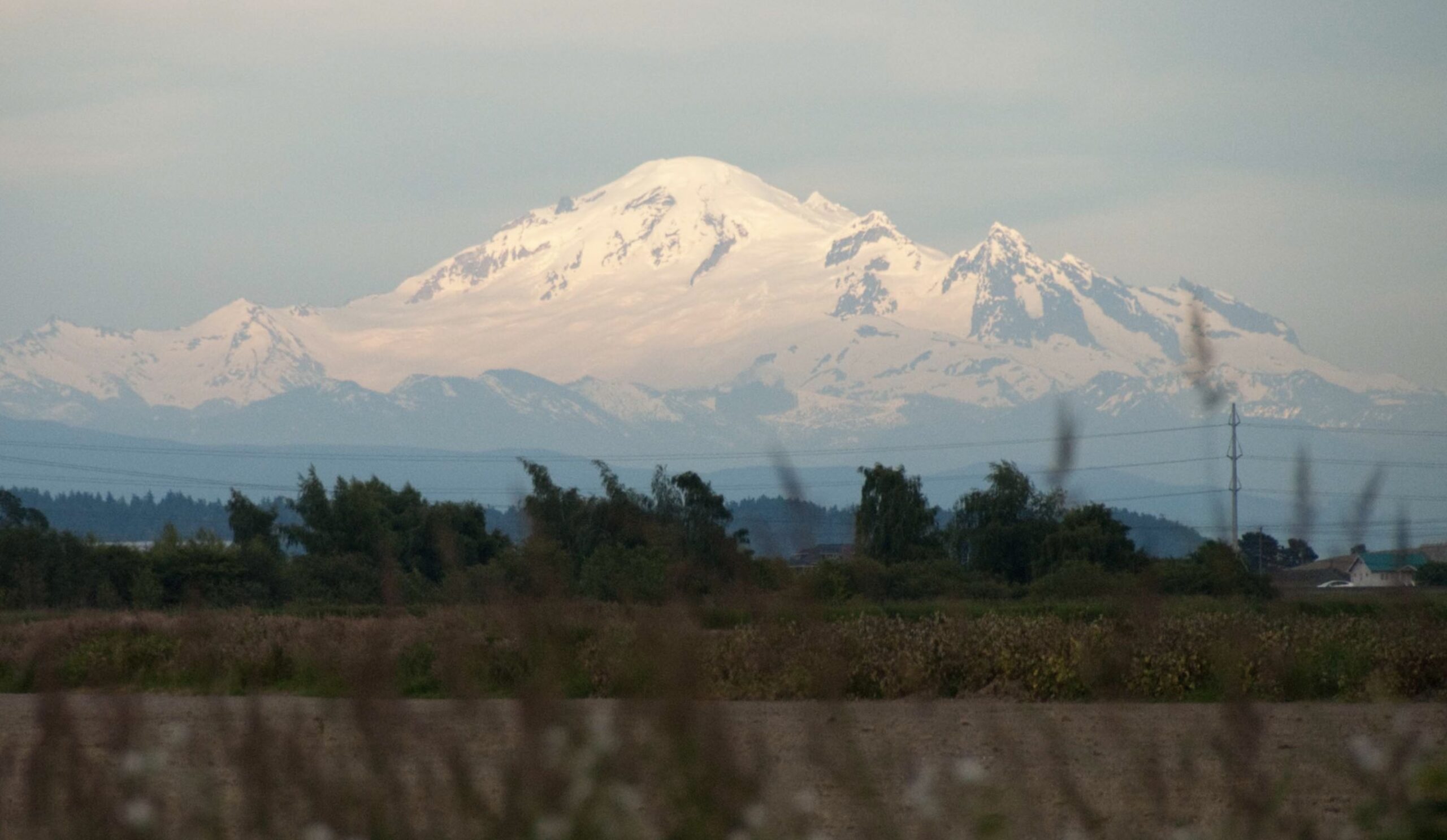 Washington’s lands commissioner, Dave Upthegrove, is on a mission to secure $60 million of additional wildfire funding in next year’s legislative session, despite a tightening budget outlook. On Monday, he and a leading Democratic House lawmaker indicated that they want to tap revenue from the state’s cap-and-trade program for at least some of that money. The maneuver would mean turning to a steady-flowing stream of cash at a time when the state’s operating budget is squeezed. “Climate Commitment Act dollars are going to be on the table,” said state Rep. Larry Springer, D-Kirkland, who is deputy House majority leader. Lawmakers this year already started dedicating some of the climate dollars to the wildfire programs in question. At issue is funding provided under a 2021 law known as House Bill 1168, which passed with broad bipartisan support. With that legislation, lawmakers committed to direct $500 million over eight years to wildfire programs.
Washington’s lands commissioner, Dave Upthegrove, is on a mission to secure $60 million of additional wildfire funding in next year’s legislative session, despite a tightening budget outlook. On Monday, he and a leading Democratic House lawmaker indicated that they want to tap revenue from the state’s cap-and-trade program for at least some of that money. The maneuver would mean turning to a steady-flowing stream of cash at a time when the state’s operating budget is squeezed. “Climate Commitment Act dollars are going to be on the table,” said state Rep. Larry Springer, D-Kirkland, who is deputy House majority leader. Lawmakers this year already started dedicating some of the climate dollars to the wildfire programs in question. At issue is funding provided under a 2021 law known as House Bill 1168, which passed with broad bipartisan support. With that legislation, lawmakers committed to direct $500 million over eight years to wildfire programs.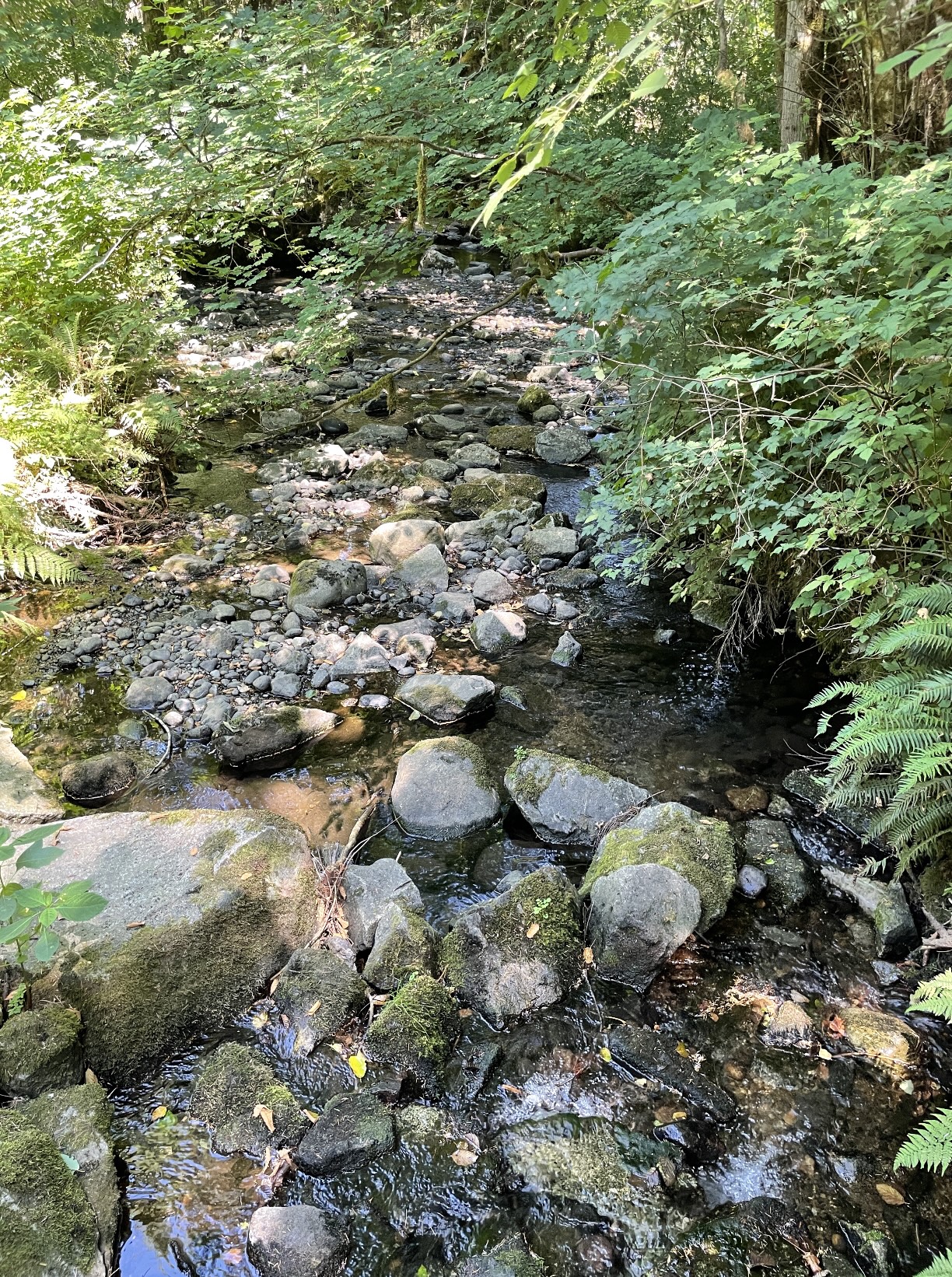 SOUTH BEND, Washington — Pacific County Commissioners Jerry Doyle, Lisa Olsen and David Tobin sent a scathing letter on Oct. 20 to the Washington Forest Practices Board (FPB) regarding a proposed increase in timber-harvest buffer zones along streams. Rural counties and forestry groups are mounting a vigorous push against bigger setbacks away from small non-salmon-bearing streams, arguing that over the course of time the loss of timber acreage will add up to billions in lost local economic activity and millions less taxes that currently support government services. Washington state established the Forest Practices Act and the FPB in 1974. It is tasked with establishing laws to “protect salmon, clean water, and the working forest economy.”
SOUTH BEND, Washington — Pacific County Commissioners Jerry Doyle, Lisa Olsen and David Tobin sent a scathing letter on Oct. 20 to the Washington Forest Practices Board (FPB) regarding a proposed increase in timber-harvest buffer zones along streams. Rural counties and forestry groups are mounting a vigorous push against bigger setbacks away from small non-salmon-bearing streams, arguing that over the course of time the loss of timber acreage will add up to billions in lost local economic activity and millions less taxes that currently support government services. Washington state established the Forest Practices Act and the FPB in 1974. It is tasked with establishing laws to “protect salmon, clean water, and the working forest economy.”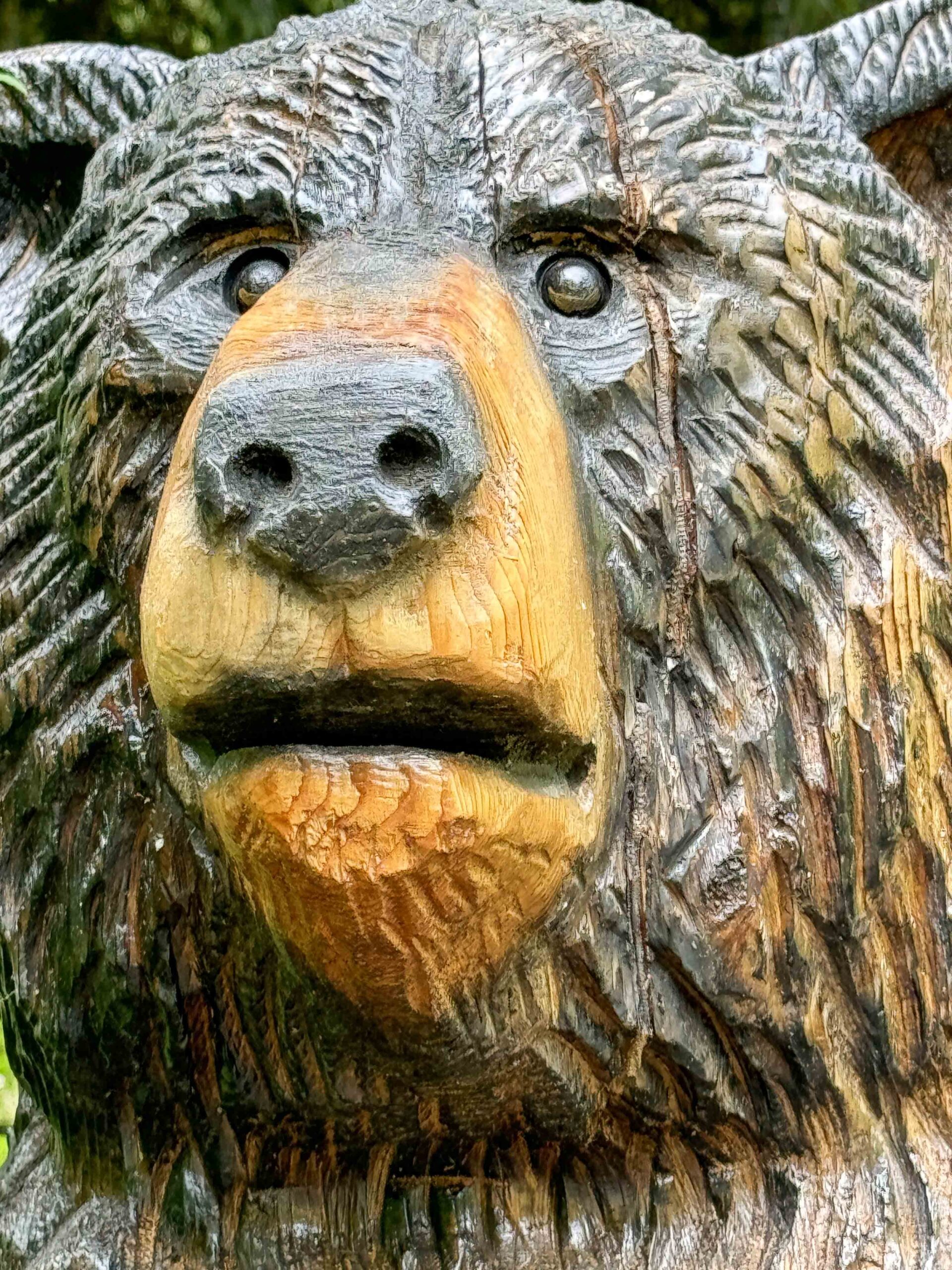 A Montana logging project in grizzly habitat in the Kootenai National Forest will remain on hold until federal officials reassess how road use — particularly illegal road use — impacts the bears, a federal judge ruled on Monday. “This court has repeatedly held that it is arbitrary and capricious to not include illegal motorized use that it knows to occur into calculations, regardless of whether the use is chronic and site specific,” U.S. District Judge Dana Christensen wrote in the 40-page opinion. The Center for Biological Diversity led environmental groups in suing the U.S. Forest Service and U.S. Fish and Wildlife Service in 2022, seeking to block the Knotty Pine Project, and Christensen granted the environmentalists’ motion for a preliminary injunction the following year. …Christensen found the Forest Service violated the National Environmental Policy Act by failing to take a hard look at the impact of unauthorized road use on grizzly bears.
A Montana logging project in grizzly habitat in the Kootenai National Forest will remain on hold until federal officials reassess how road use — particularly illegal road use — impacts the bears, a federal judge ruled on Monday. “This court has repeatedly held that it is arbitrary and capricious to not include illegal motorized use that it knows to occur into calculations, regardless of whether the use is chronic and site specific,” U.S. District Judge Dana Christensen wrote in the 40-page opinion. The Center for Biological Diversity led environmental groups in suing the U.S. Forest Service and U.S. Fish and Wildlife Service in 2022, seeking to block the Knotty Pine Project, and Christensen granted the environmentalists’ motion for a preliminary injunction the following year. …Christensen found the Forest Service violated the National Environmental Policy Act by failing to take a hard look at the impact of unauthorized road use on grizzly bears.
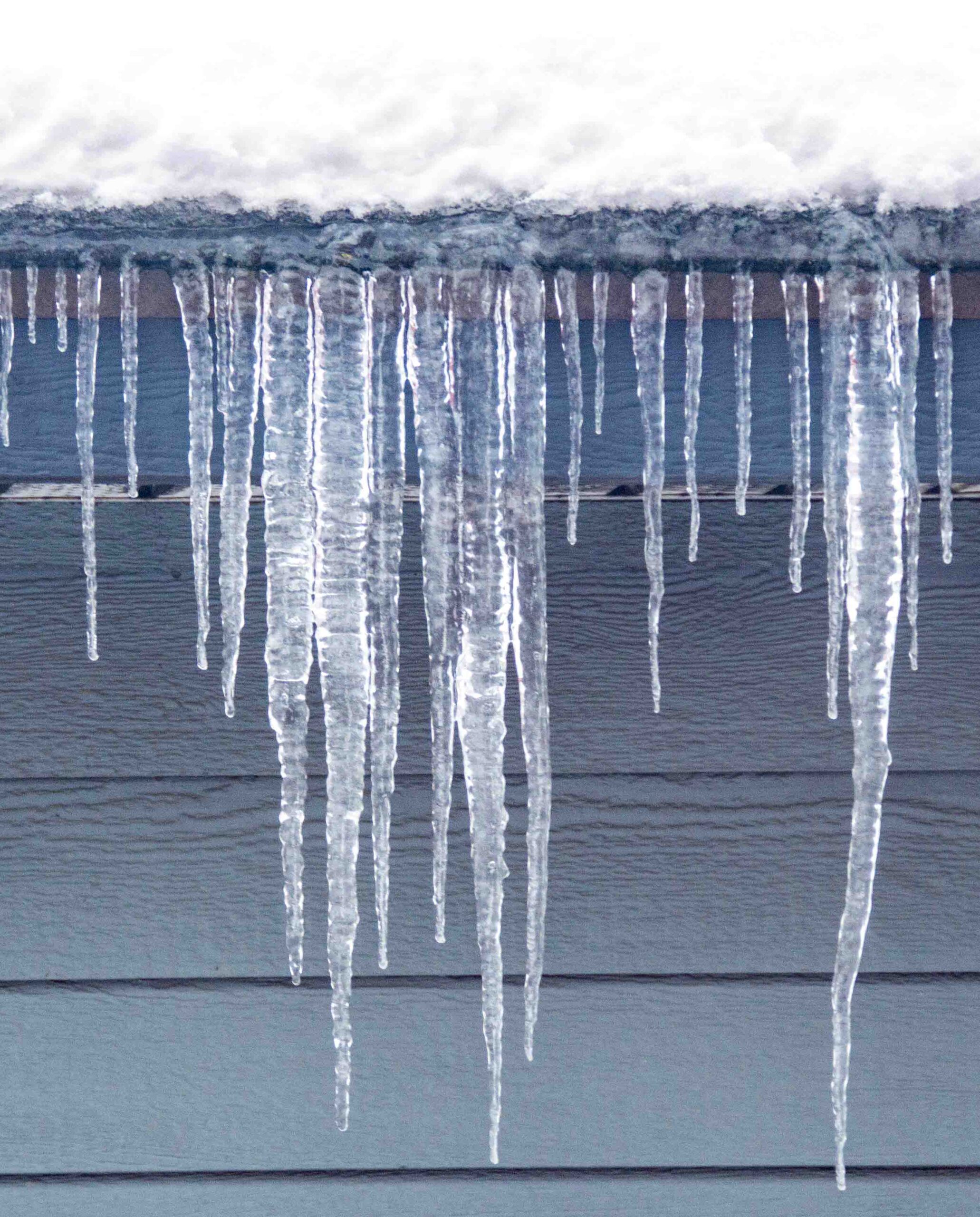 …An ice storm
…An ice storm  Ash trees are an important part of the basket weaving tradition, which has long played a significant cultural, spiritual and practical role in the lives of tribal citizens across the country, including John Daigle, a citizen member of the Penobscot Nation in Maine. But the emergence of the emerald ash borer beetle …has posed challenges for Indigenous basket makers. A grant awarded to Daigle, a professor of forest recreation management at the University of Maine, could help preserve and advance the craft. It’s part of the Indigenous Forest Knowledge Fund, a program run by the Northeastern States Research Cooperative to support projects related to tribal homelands or ancestral territories of the Northern Forest region… Daigle’s project was one of three winners this year. His team will also develop technologies to support the processing and storage of ash splints before widespread ash mortality, which could help sustain basket-making supplies.
Ash trees are an important part of the basket weaving tradition, which has long played a significant cultural, spiritual and practical role in the lives of tribal citizens across the country, including John Daigle, a citizen member of the Penobscot Nation in Maine. But the emergence of the emerald ash borer beetle …has posed challenges for Indigenous basket makers. A grant awarded to Daigle, a professor of forest recreation management at the University of Maine, could help preserve and advance the craft. It’s part of the Indigenous Forest Knowledge Fund, a program run by the Northeastern States Research Cooperative to support projects related to tribal homelands or ancestral territories of the Northern Forest region… Daigle’s project was one of three winners this year. His team will also develop technologies to support the processing and storage of ash splints before widespread ash mortality, which could help sustain basket-making supplies.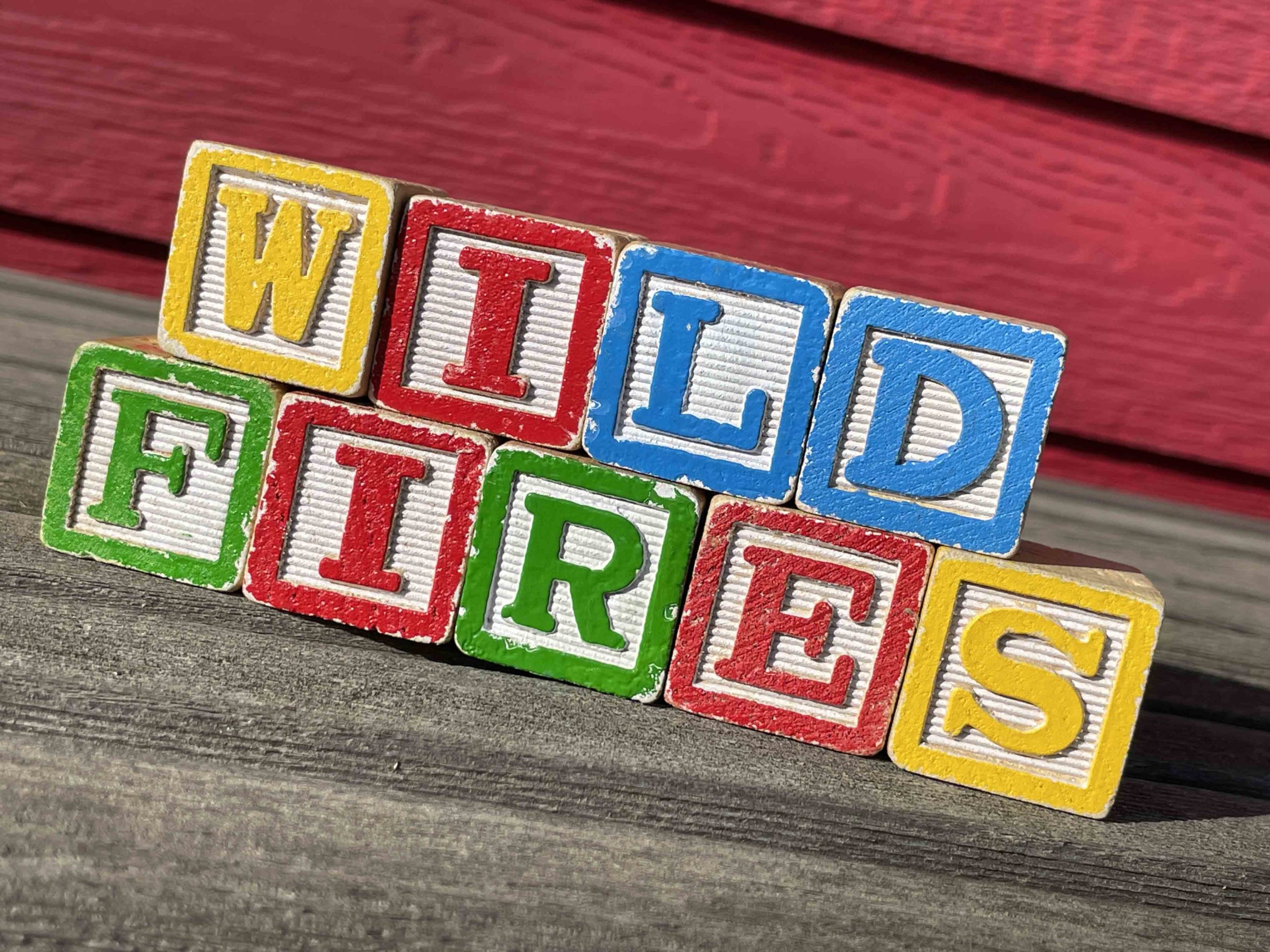 …The World Resources Institute calculates that forests are burning at twice the rate they were two decades ago. In Canada … the frequency and severity of forest fires have quadrupled over the last half century. …the global wildfire defence market is projecting annual growth rates that range from 8.4% to 12.6%, much of it driven by public funding. For example, the United States’ budget for wildland fire management was $1.9 billion in 2025, a 10% increase from the previous year. …On October 22, a consortium of national organizations in Canada published an open letter to the federal government asking for a five-year investment of $4.1 billion in wildfire defence. …Coupled with U.S. auto tariffs, the wildfires prompted South Korea’s government to quickly assemble a US$8.6-billion supplementary budget, of which nearly a billion was earmarked for wildfire recovery. …The bushfire crisis of 2019/2020 in Australia caused AUD$2.4 billion of insured loss. …in 2025, Brazil allocated the equivalent of USD$95 million for firefighting efforts.
…The World Resources Institute calculates that forests are burning at twice the rate they were two decades ago. In Canada … the frequency and severity of forest fires have quadrupled over the last half century. …the global wildfire defence market is projecting annual growth rates that range from 8.4% to 12.6%, much of it driven by public funding. For example, the United States’ budget for wildland fire management was $1.9 billion in 2025, a 10% increase from the previous year. …On October 22, a consortium of national organizations in Canada published an open letter to the federal government asking for a five-year investment of $4.1 billion in wildfire defence. …Coupled with U.S. auto tariffs, the wildfires prompted South Korea’s government to quickly assemble a US$8.6-billion supplementary budget, of which nearly a billion was earmarked for wildfire recovery. …The bushfire crisis of 2019/2020 in Australia caused AUD$2.4 billion of insured loss. …in 2025, Brazil allocated the equivalent of USD$95 million for firefighting efforts.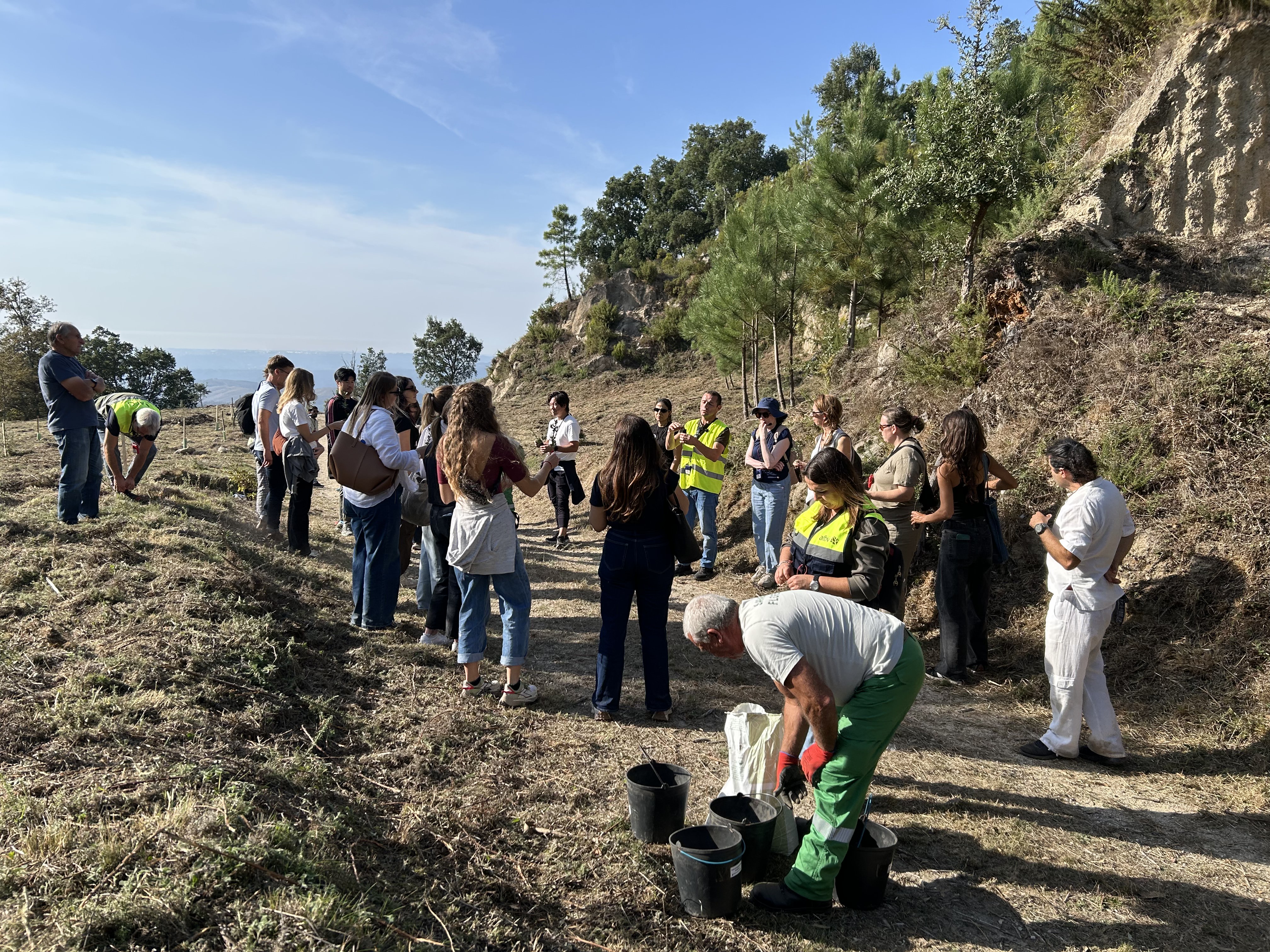
 See these stories and more in the October newsletter: As we mark Manufacturing Month and Ergonomics Month, we’re highlighting ways employers can help keep workers safe.
See these stories and more in the October newsletter: As we mark Manufacturing Month and Ergonomics Month, we’re highlighting ways employers can help keep workers safe.  Quebec’s workers’ safety board (CNESST) concluded that driving a forestry vehicle that had no seat belt or complete door contributed to the death of a worker in Saint-Côme-Linière, in the Chaudière-Appalaches region. The forestry worker died in a workplace accident on Jan. 6 while reversing a vehicle known as a skidder, according to the Commission des normes, de l’équité, de la santé et de la sécurité du travail (CNESST). During the maneuver, the vehicle backed up onto the stump of a felled tree, causing vibrations that ejected the worker from the cab. The man was crushed by the front wheel of the skidder. In its report, the CNESST concluded that “operating a skidder that is not equipped with seat belts or full doors violates section 21 of the Regulation respecting occupational health and safety in forest development work.”
Quebec’s workers’ safety board (CNESST) concluded that driving a forestry vehicle that had no seat belt or complete door contributed to the death of a worker in Saint-Côme-Linière, in the Chaudière-Appalaches region. The forestry worker died in a workplace accident on Jan. 6 while reversing a vehicle known as a skidder, according to the Commission des normes, de l’équité, de la santé et de la sécurité du travail (CNESST). During the maneuver, the vehicle backed up onto the stump of a felled tree, causing vibrations that ejected the worker from the cab. The man was crushed by the front wheel of the skidder. In its report, the CNESST concluded that “operating a skidder that is not equipped with seat belts or full doors violates section 21 of the Regulation respecting occupational health and safety in forest development work.”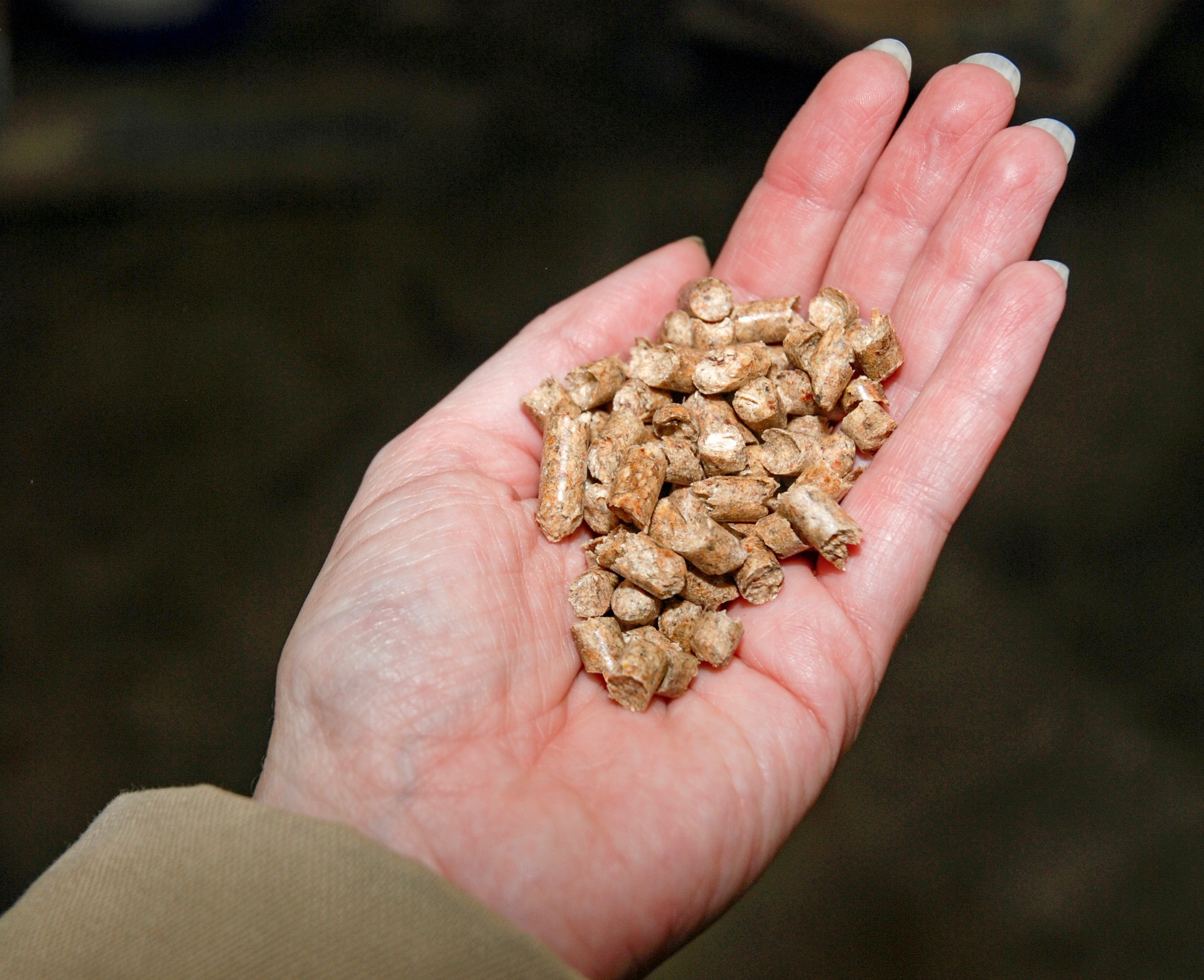 Ten lawsuits have been filed against Drax after diagnoses of asthma allegedly linked to its wood pellet fuel, it has been revealed. Current and former workers at the UK’s largest power station claim they have not been adequately protected against sustained exposure to wood dust, which can cause serious health problems including asthma, dermatitis and nasal cancer. Six compensation claims were settled out of court and four have trial dates in 2026, an investigation by Land and Climate Review found. A class action lawsuit was also filed against the company this month over health concerns in the US, representing 700 people who live near one of Drax’s wood pellet mills in Mississippi. The company is also being investigated by the UK Financial Conduct Authority over “historical statements” made about its wood pellet fuel.
Ten lawsuits have been filed against Drax after diagnoses of asthma allegedly linked to its wood pellet fuel, it has been revealed. Current and former workers at the UK’s largest power station claim they have not been adequately protected against sustained exposure to wood dust, which can cause serious health problems including asthma, dermatitis and nasal cancer. Six compensation claims were settled out of court and four have trial dates in 2026, an investigation by Land and Climate Review found. A class action lawsuit was also filed against the company this month over health concerns in the US, representing 700 people who live near one of Drax’s wood pellet mills in Mississippi. The company is also being investigated by the UK Financial Conduct Authority over “historical statements” made about its wood pellet fuel. 